Alpine Flying Centre
☰Menu

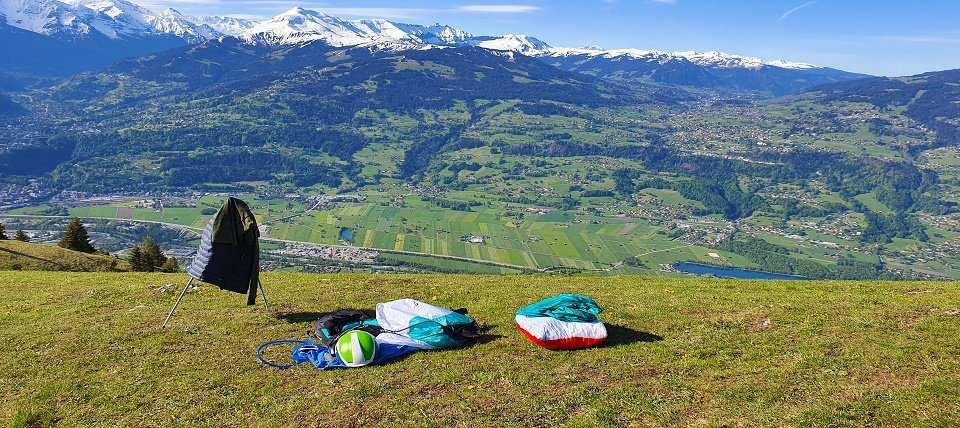
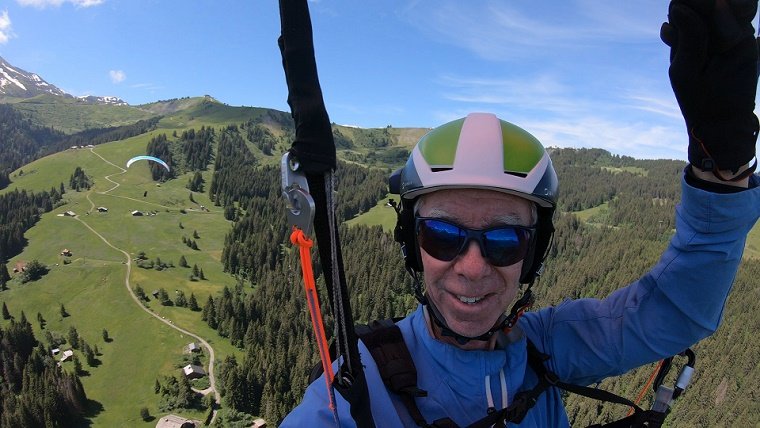
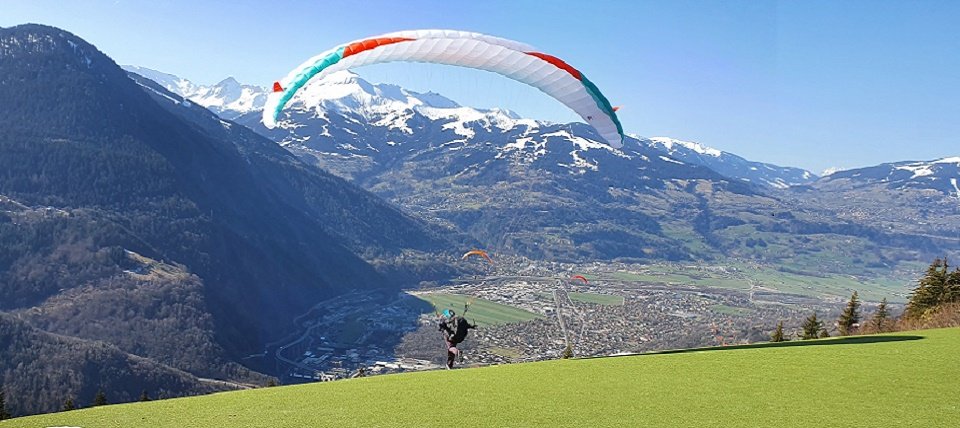
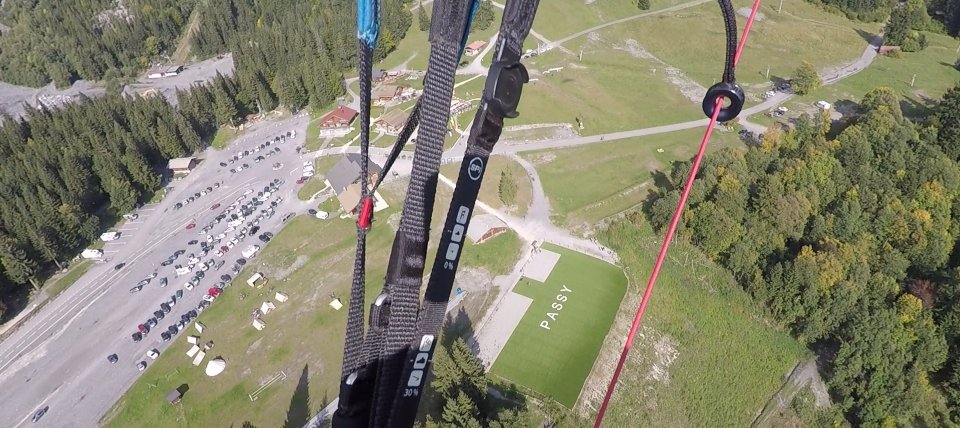
Hike and Fly
We are in one of Europes most beautiful areas to learn to paraglide and practice hike and flying.
Locally there are a good number of routes, from simple 1.5 hour hikes to half day + uphilling hikes, all with good launch and landing areas.
For those who are new to paragliding and thinking of 'Hiking and Flying' should learn to fly ordinary paragliders before venturing into the unknown! It's important the new pilot can launch, fly and land confidently and make XC (cross Country) flights before taking on serious 'Hike and Fly'. Hiking up and Flying from unknown areas will have challenges.
Over recent years paragliders and their associated equipment have become lighter making the sport of 'Hike and Flying' attractive. Ten years ago our bags carrying a full weight glider, harness, reserve parachute and added extras like helmet and instruments would have weighed 15-18kgs. Today, with lighter equipment this is around 10kgs for a light glider and harness, 6kgs for a lightweight glider and harness and about 3kgs for super lightweight gear!
Pilots new to 'Hike and Flying' should consider a light double skin standard glider, harness with some sort of lower back protection and reserve parachute for their first purchases. This sort of gear will be fairly robust, nice to handle on the ground and in the air, and have good performance.
The super lightweight gear, single skin gliders, that are attractive due to their very low weight and packed dimensions are fragile and easy to damage, and 'nappy' style harnesses don't have protection from the elements.
We are flying with the Advance Pi3 glider, Advance Easiness 3 harness that has 'airbag' underseat protection and a reserve parachute. All this weighs just under 7kgs.
Our lighter rig is the same glider and the Advance Strapless harness (nappy with no protection), and no reserve parachute and all weighs a little under 4kgs. A very light reserve (only 1kg) could be added. These weights do not include any extra clothing, water, food, walking poles and any other gear!
The Pi3 paraglider is a good thermalling, fun to fly, and it's quite robust. It's always prudent to fly a harness that has some personal protection and carry a reserve parachute. In our case we are happy to fly with the extra weight for 'peace of mind'. More details from Advance can be found from the link below.
There are many lightweight configurations from different companies on the market, those are just our choices.
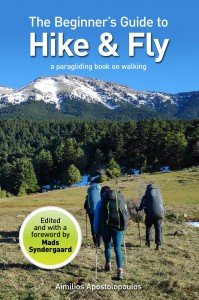
There are many variables with 'Hike and Flying'. In a new book just released, the author Aimilios Apostolopoulos offers some very good advice: its well worth the investment. Follow this link: Hike and Fly
We are happy to offer advice on our experiences here in the Mont Blanc region. please email or call.
Contact us - Office: +33450545963 Mobile: +33 610634558 email: alpineflyingcentre


